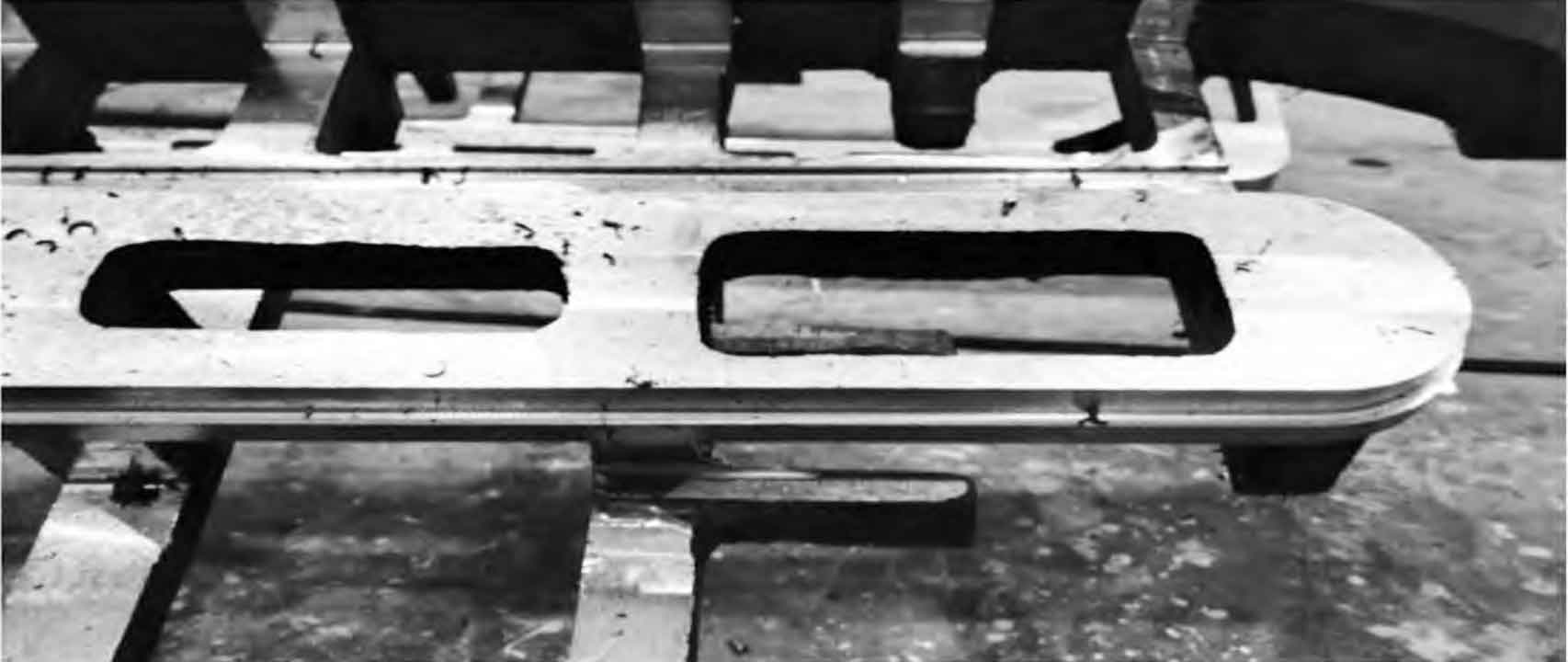Casting defects are irregularities that can compromise the utility, aesthetics, and integrity of cast parts. These defects, often a result of the casting process’s inherent complexities, range from structural deficiencies to external blemishes. This article discusses the common casting defects in manufacturing and their mitigation strategies.

- Porosity: Porosity refers to the presence of voids or holes in the cast part, usually caused by trapped gas or shrinkage during cooling. Mitigation strategies include using degassing techniques, ensuring proper venting in the mold, and controlled cooling to prevent shrinkage porosity.
- Shrinkage Defects: Shrinkage defects occur when different sections of the casting solidify at different rates, leading to a volume reduction and causing voids or cracks. These defects can be minimized through strategic mold design, ensuring uniform cooling, and the correct placement of risers.
- Gas Defects: Gas defects are the result of gases being trapped inside the molten metal or between the molten metal and mold surfaces. Solutions include proper venting of the mold, maintaining correct pouring temperatures, and using degassing techniques.
- Mold Material Defects: Mold material defects can result from issues such as improper preparation of the mold material or incompatibility between the mold and metal. Using appropriate mold materials, ensuring their proper preparation, and performing regular maintenance can help prevent these defects.
- Metallurgical Defects: Metallurgical defects arise from improper alloy composition or issues during the melting and pouring of the metal. These defects can be prevented through careful control of the metal composition and casting conditions.
- Geometric Defects: Geometric defects such as misruns, cold shuts, or warping occur when the molten metal does not completely fill the mold or cools unevenly. Proper mold design, maintaining the correct pouring temperature, and ensuring sufficient fluidity of the molten metal can prevent these defects.
Casting defects in manufacturing can lead to rework, increased production costs, and lower product quality. However, understanding the causes of these defects and implementing effective mitigation strategies can significantly enhance the casting process’s efficiency and the quality of the final products. As technology advances, new tools and techniques are emerging that offer even more effective ways to prevent and correct these defects, leading to improved productivity and product quality in the casting industry.
